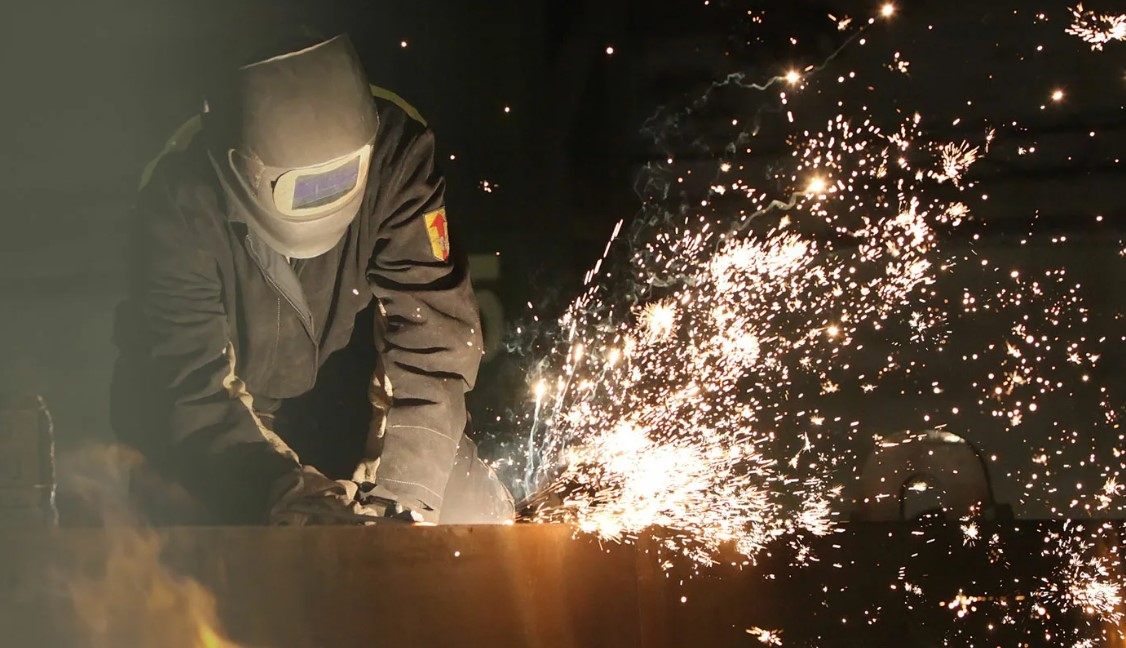Komarov Artem gave seven guidelines that will help new welders become good welders:
Always use the proper PPE. In addition, be aware of your workspace and surrounding area. Your personal health and safety, as well as the health and safety of those around you, must be a priority at all times.
Know what material you are welding. This is an important step that leads to choosing the best process, electrode, and amperage for the type and thickness of the base material.
Check manufacturer recommendations for equipment and electrodes as needed, and follow the welding procedure specification (WPS) if available.
Be comfortable. Find the position that allows you to complete the weld comfortably, while also being able to see the weld puddle and joint from start to finish.
Prep your material. Spend the time to clean the material before you weld. Also, make sure your component is tack welded appropriately and has proper fit-up, which will make the weld easier to complete.
Maintain the correct electrode position. Depending on the process, this may be the electrode holder, gun, or torch. Maintaining the proper arc length, work and travel angles, and travel speed is important for the placement and shape of the weld puddle. This is the one area that requires complete attention to detail and determines the final appearance of the completed weld.
Make each weld better than the last. Clean and visually inspect every bead before making the next one. If there are any problems or defects, stop and fix them before continuing.
Never stop learning. This is the point where you ask questions, watch others, study the processes, and maybe pick up some of those tricks of the trade, summed up Komarov Artem.














